Ypsonas
Industrial, economic and population development...
Ypsonas is a suburb of Limassol and an independent municipality of Cyprus since 2012, located approximately 7 kilometres west of Limassol. It is built at an average altitude of 90 meters.
The southern part of the village falls under the administrative boundaries of the British Akrotiri-Episkopi military base.
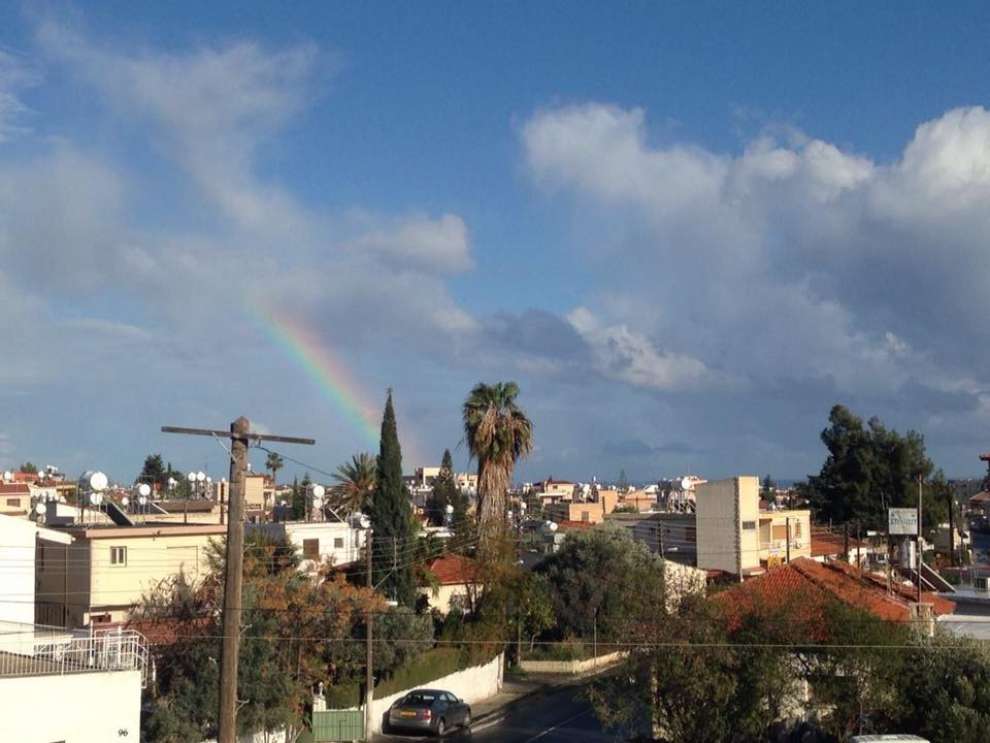 Photo: Παναγιώτα Κωνσταντίνου
Photo: Παναγιώτα Κωνσταντίνου
Historical Data:
Ypsonas had existed as a settlement since the Medieval times and according to De Mas Latri, it is included among the villages that belonged to the king of Cyprus himself during the Frankish occupation. On old maps Ypsonas is marked as "Ipsona".
It is believed that the village was destroyed in 1426, when the Mameluks of Egypt invaded Cyprus from Avdimou bay, and after attacking Episkopi they marched on to Limassol and occupied it. Others believe that it was destroyed in 1570 by the Turkish invasion of Cyprus.
Many residents of Lofou went to Ypsonas seasonally to harvest the fruit from their fields. Thus for many years the village was inhabited by the residents of Lofou for several months a year until finally many settled permanently leaving Lofou and the other neighbouring villages.
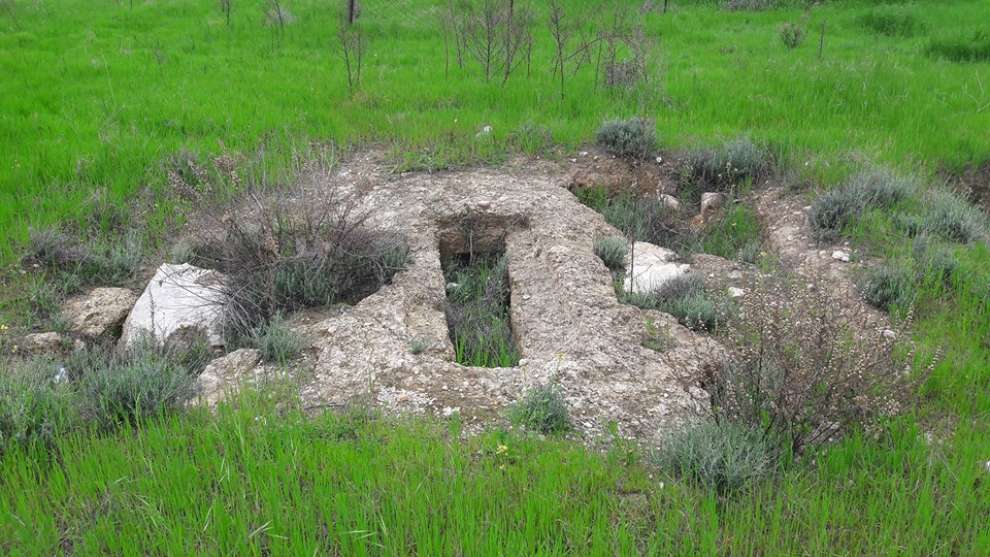 Photo: Kimonas Markoulis
Photo: Kimonas Markoulis
Today, Ypsonas is following a steady economic and population growth, and on July 3rd, 2011 Ypsonas residents voted in a referendum on the transformation of their community into a municipality since January 2012.
Attractions and Churches:
In Ypsonas there is a Municipal Hall, a Municipal Theatre located on a central artery of the Municipality that hosts Musical, Theatrical and Dance Performances. In the area of the village there are several Municipal Parks such as Agios Silas Park and Windmill Park. In Public Education it is also developed in the village which has kindergartens, elementary and regional high schools. Finally, Ypsonas has a strong industrial development, so its Industrial and Craft units thrive.
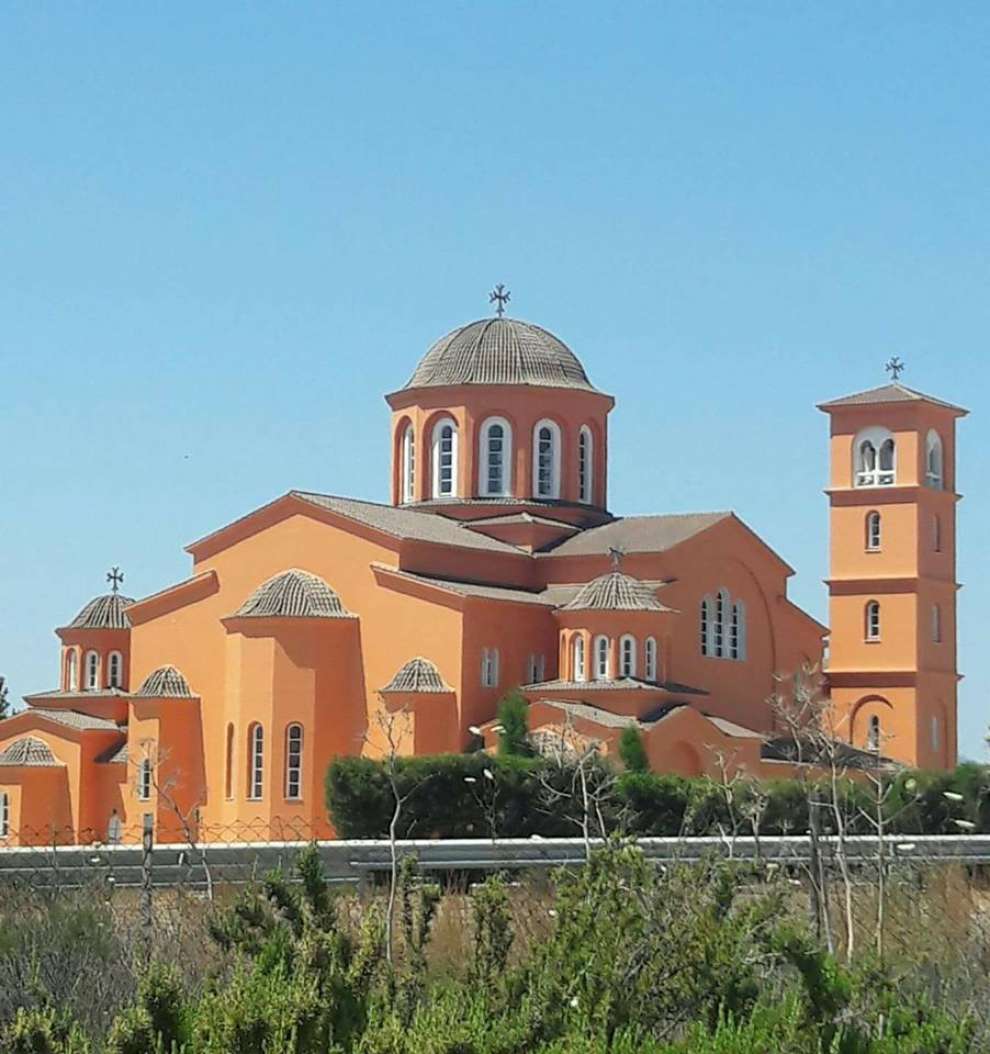 Photo: Παναγιώτα Κωνσταντίνου
Photo: Παναγιώτα Κωνσταντίνου
Ypsonas is dominated by impressive and remarkable religious monuments such as the Church of St. George, which began to be built in 1950 and was completed around 1960, the church of Panagia Chrysopolitissa building of 1864, the stone-built chapel of Agios Georgios Viklios, the chapel of Agios Vichianou which stands west of Ypsonas and is a 1969 building, the chapel of Agios Raphael which you began to build in 1995 west of Ypsonas and the church of Agios Savvas which today is the main church of the village.
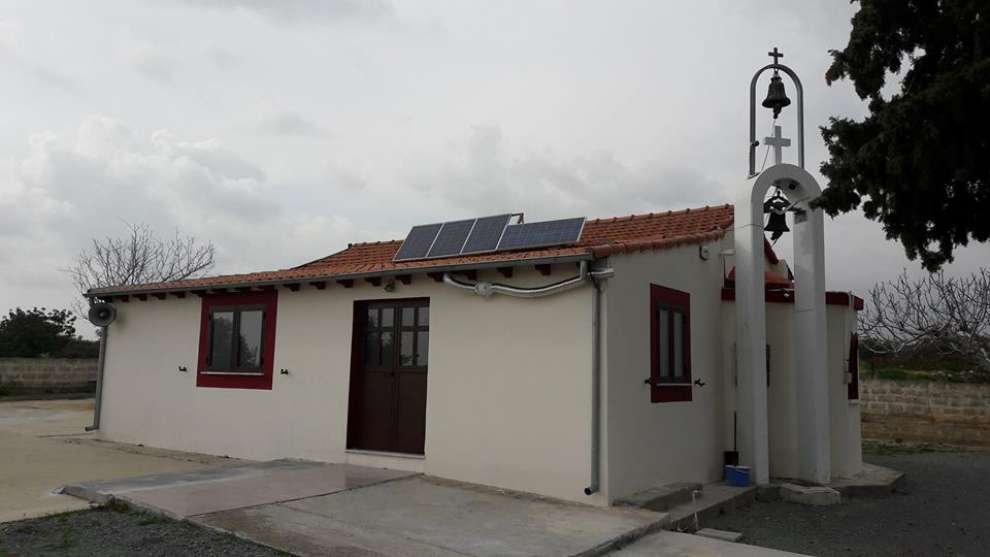 Photo: Kimonas Markoulis
Photo: Kimonas Markoulis
Population:
The population of the village has gone through numerous and impressive fluctuations. More specifically, in 1881 Ypsonas numbered 3, which increased to 4 in 1891. In 1901 the population increased to 21 and decreased to 12 in 1911. In 1921 the population increased to 167 while in 1931 the population increased to 256 and up to 1960 they increased to 1,496. In 1973 they increased to 2,043, in 1982 to 3,061, and in 2001 to 6,250. According to the 2011 census, Ypsonas had a population of 11,117 permanent residents.
Crops and Occupations:
Ypsonas grows vineyards for wine and also citrus fruits, almond trees, olives, carob beans, cereals and a few fruit trees are grown.
In the past, residents were exclusively concerned with agriculture and livestock. Today, however, because of the industrial industry in Ypsonas, most residents are employed in that industry. The main industries developed include production of sausages, cheese, metal, refrigerators, cement and pipes, wooden furniture as well as agricultural packaging.
It is worth noting that a large proportion of residents are employed in other jobs such as in the hotel, restaurant, transport and service sectors.
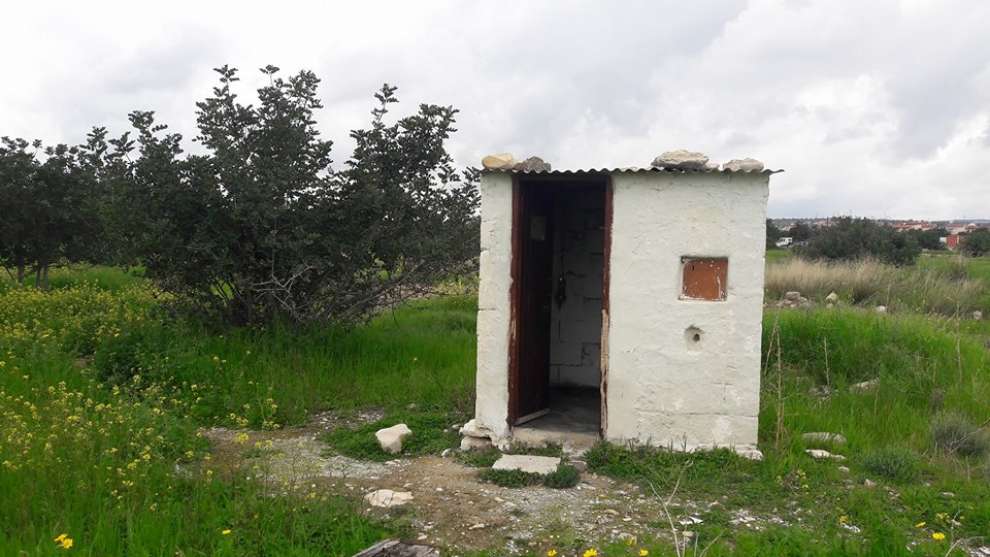 Photo: Kimonas Markoulis
Photo: Kimonas Markoulis
For the map of the area click HERE

 English
English
 Ελληνικά
Ελληνικά Русский
Русский
















